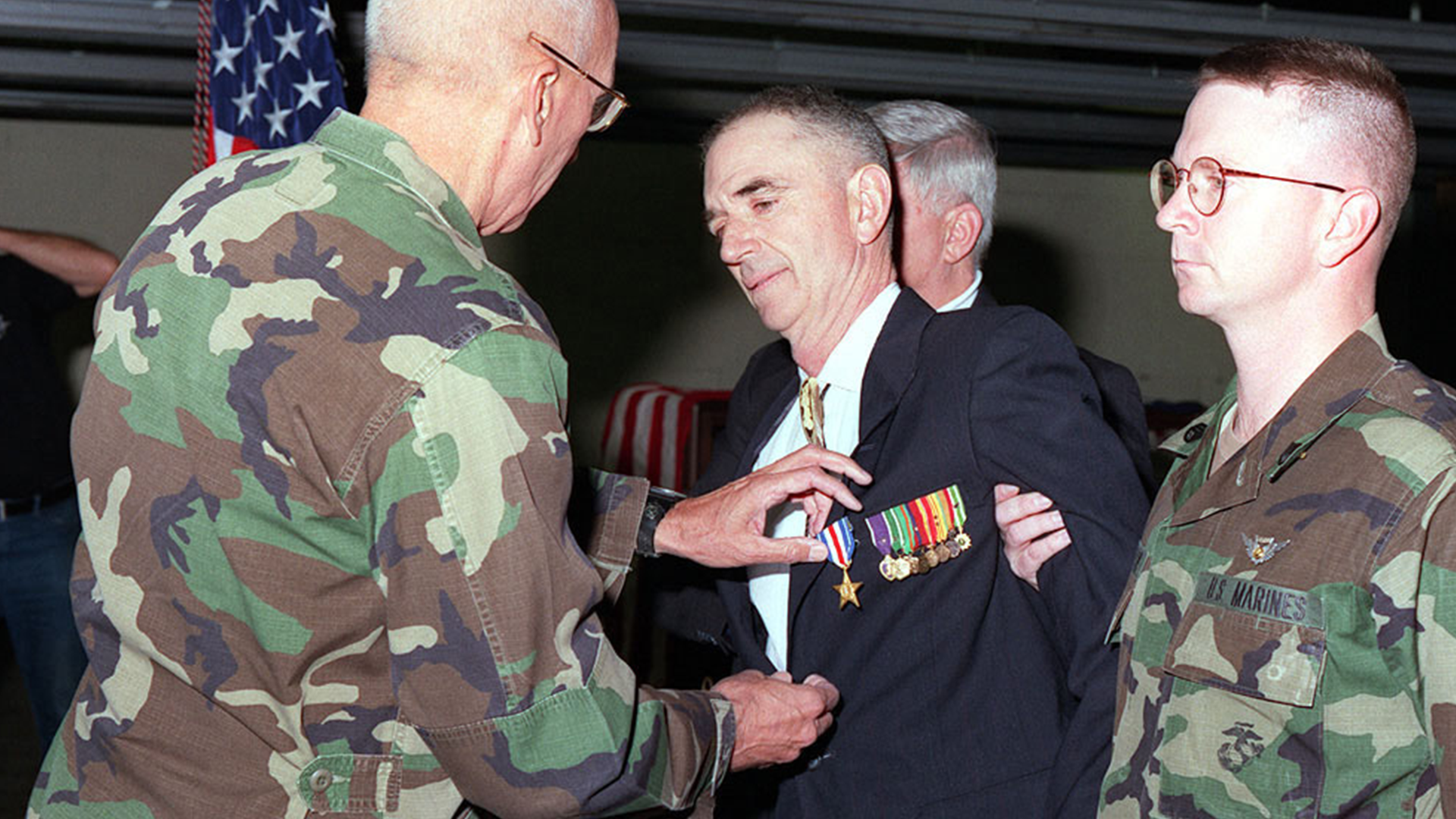

There have been many incredible shooters in modern American history. William Dixon, Nicholas Irving, and Chris Kyle are near the top of the list. But none of these exceptional marksmen have quite the same legendary status as Carlos ‘Whitefeather’ Hathcock, a USMC sniper during the Vietnam War. Earning his nickname because of the white turkey feather he wore in his bush cap, Hathcock’s career was filled with the stuff Hollywood writers could only dream of. Even if you’d never heard of Hathcock (shame on you if true), you’d no doubt recognize some of his exploits that have been worked into TV and movie scripts over the years.
An avid shooter in the backwoods of Arkansas since he was 12, Hathcock joined the Marine Corps and was quickly recognized for his marksmanship abilities when he won the prestigious Wimbledon Cup shooting event at Camp Perry in 1965 when he was only 23 years old.
A year later Hathcock was deployed to Vietnam as a military policeman. However, his time as a pseudo-police officer was short. Captain Edward James Land, famously known for starting the formal Marine Scout Sniper program, had convinced higher leadership to push designated marksmen down to every platoon. To further this goal he was given authorization to recruit from across the Corps. Hathcock’s victory at Wimbledon the previous year put him at the top of Land’s wish list.
Almost immediately after arriving in theater Hathcock began to earn his reputation as one of the greatest shooters in history, eventually racking up 93 confirmed kills on Viet Cong and North Vietnamese enemy combatants.
Eventually his awesome lethality drew the attention of NVA higher command, and a bounty was placed specifically on his head. Typically enemy soldiers were paid anywhere from $8 to $2,000 for taking down an American sniper. By the end of his first deployment Hathcock’s life was worth $30,000 to the North Vietnamese. Unfortunately for them he managed to kill every enemy marksman who tried to earn that money.
He took the record for longest confirmed sniper shot, at 2,500 yards with an M2 (that’s a .50 cal machine gun) during the Vietnam War. That milestone went unbroken until 2004 when a member of 2/75 Ranger claimed the top slot during the US invasion of Iraq.
During operations around Hill 55 near Da Nang he managed to actually land a shot that we’ve all seen replicated in dozens of war movies. An enemy sniper known by the call sign ‘Cobra’ had already killed several Americans and was sent with instructions to kill Hathcock, knowing he was operating in the area. While hunting each other in the jungle, the Whitefeather saw the glint of Cobra’s rifle scope and fired, puncturing the glass lenses and head of the enemy shooter with a single bullet. Hollywood couldn’t write a better action scene than that.
On another occasion he crawled across thousands of yards of hostile territory, spending four days avoiding enemy scouts, vipers, and booby traps. At the end of his journey lay a North Vietnamese Army camp, where he killed an enemy general with a single shot to the chest.
He returned to Vietnam for his second tour in 1969, this time in charge of a platoon of snipers. He continued to sow destruction among enemy formations until his amphibious fighting vehicle hit a landmine on September 16. He pulled seven of his fellow Marines from the burning wreckage before being treated himself for severe burns. He was eventually awarded the Silver Star for this action.
Despite constant pain from his wounds, he continued to serve, helping establish the Scout Sniper School course as it’s still taught today. After being medically retired he passed along his shooting knowledge to military and law enforcement organizations across the nation.
Springfield Armory named the M-25 White Feather (special model M-21 variant) after the legendary shooter. His exploits have been the subject of books, television shows, and movies, although Carlos Hathcock never enjoyed taking life.
“It was all about the hunt, not the killing,” according to his own words.
He passed away in 1999 from multiple sclerosis, leaving behind a son, Carlos Hathcock III, a Marine Gunnery Sergeant and member of the board of governors for the USMC Distinguished Shooters Association.
You can learn more about American military legends like these men in series like Modern Warriors on Fox Nation. Active military and veterans can get a one year subscription absolutely free and enjoy all of their amazing programming. For instructions and programming details check them out here. You’ll be glad you did.
This article is sponsored by Fox Nation.
